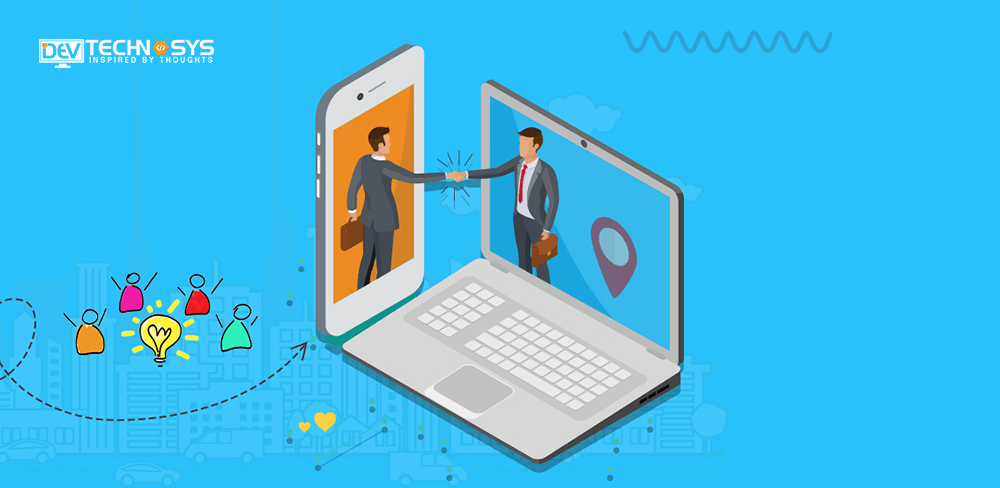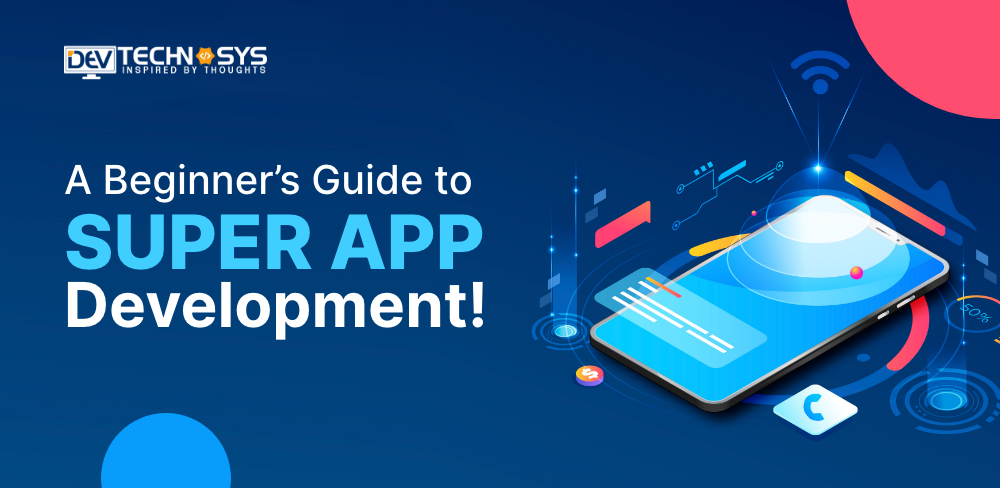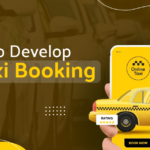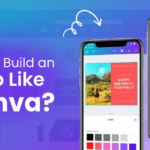Mobile App Engagement Model– Mobile app development has leapfrogged over the years with millions of apps on app stores, downloaded every moment. However, the best engagement model for mobile application development remains a crucial issue for clients. These models are essentially different modes of cooperation that the client has to choose before committing to a healthy partnership. While app development services provide a selection of engagement models with different names ranging from quite creative to completely confusing, everything is quite simple.
All of these Mobile App Engagement Model fall into two categories: Fixed Price as well as Non-Fixed Price models. Basically, fixed-price contracts are actually characterized by specific and particular requirements along with a price tag that isn’t subject to any change. In the case of a non-fixed price model, it provides a degree of flexibility, which is ideal for swiftly changing realities. Let’s have a look at different engagement models and their characteristics.

Fixed Price Mobile App Engagement Model
This particular option is often called a lump sum or fixed bid contract, and it is the most obvious of them all. Right from its name alone, you can easily understand that this model is about freezing the project costs or mobile app development costs in place long before the actual development starts.
It is about detailed documentation of all of the requirements and drawing out the detailed project scope, along with setting up a strict timetable with quite a few well-defined milestones. Also, it is mostly about predictability.
In order to succeed with this model, the project needs to include quite a thorough initial phase. Certainly, it takes a significant amount of effort and time, and hence postpones the start of actual app development.
Also, a rigorous definition of project requirements, scope, and the end goal are must for this model.
When the development needs to commence, before that, the business analysis crew organizes a complete set of extensive interviews with the client to find out the finest details of the future project. By working together, they determine the use cases, develop and write user stories, and even construct wireframes to help with the overall visualization of user experience as well as interface.
Finally, the result of this stage is a detailed and exhaustive technical specification, estimation along with a development schedule, as well as the prototype. Right from this point, all of these are essentially set in-store and aren’t subject to any change during the entire development process.
This model has a subtype called Fixed Price Incentive Fee, which sets up a system specifically, of bonuses based on adhering to a particular schedule.
Benefits- Fixed Price Model
Transparency and Predictability
The development company gets a precise budget along with the deadlines before the actual development starts.
In comparison to other models, this model needs less management as well as supervision on the client’s part, since the development team has exact specifications and knows the entire scope of work as well as budget beforehand.
Precise End Goal
Right from the beginning, the mobile app development company has a better idea of what the final product will actually look like and readily expect it to be duly delivered precisely that way.
It is ideal for establishing trust with a new collaborator or partner.
Drawbacks
Relatively High Cost
Since the development company often shoulders the entire risk management in its entirety, almost all risks are duly calculated in advance and readily included in the bill. Hence, the fixed price is often considered the most expensive of all the engagement models. Also, the cost of a man-hour under this particular model is quite high in comparison to other models.
Gathering Requirements and Analysis takes more time
Essentially, it could last from a few weeks for smaller projects and up to many months for the purpose of massive undertakings. It may seem like quite an excessive time, as well as a monetary investment. However, without a clear definition of all the requirements, this model won’t work at all.
Read the blog- An ultimate guide to mobile app development: Web vs. Native vs. Hybrid Applications
Little Flexibility
When it comes down to adding new features or altering existing ones, it has little flexibility. Any of the shortcomings during the entire initial phase may essentially reflect quite negatively on various latter stages and the overall results of the final product. In case you overlook a few of the tiny features at the inception of the project or also decide sometime later that a particular functionality needs to expand, you will need to renegotiate the entire deal. Hence, the development can become quite complex between the client and the development company bound by quite strict budget constraints and timetables.
Choosing the Model
1) Whenever the requirements are pretty well-defined and more unlikely to change during the entire app development.
2) For the purpose of short-to-mid term projects, which often last up to a few months.
3) Performs best whenever coupled with the Waterfall development methodology where the stages of development actually happen consecutively. Also, it can easily be modified to work with the Agile. In this case, the contractors may even break the entire project into different smaller chunks and then adjust their billing approach to be actually based on the milestones achieved.
4) Right at the initial stage of developing a Minimum Viable Product or MVP
Non-Fixed Price Mobile App Engagement Model (Time and Material)
Essentially, in practice, the different time and material contracts or T&M really allow much greater flexibility than the actual fixed price alternatives. Whenever the vision of the app isn’t clear, when the reality of the entire market keeps changing dynamically, whenever the involved technology evolves rapidly, then you can’t even predict the full as well as the final project scope.
Hence, in such cases, you can choose to divide them into different smaller and more manageable pieces and then process with the given Fixed Price model, else you can even start development without any precise requirements utilizing the T&M and continue paying as you go.
This essentially means that this model needs greater involvement on the client’s part but simultaneously provides them with greater control over the project. Also, depending on the emerging requirements as well as current priorities, the composition and size of the team of mobile app developers USA can easily be adjusted dynamically.
Benefits- Non-Fixed Price Model
1) Extreme flexibility when it comes down to project scope and budget, and good at handling requests for changes and additions.
2) Complete utilization of Agile development methodology to drive durable projects efficiently. The project is divided into different smaller tasks, and the client actually prioritizes them as per the current business requirements.
3) A higher degree of control over the project for the particular client.
4) Lower risk to both developers and clients.
5) Faster development starts by means of speeding up the entire requirements gathering stage.
6) Quite cheaper for the clients as the developers don’t have to overcharge the customers for project risks.
Drawbacks
1) Generally, more oversight requires on the client’s part.
2) No guarantees that the project will get completed on time.
3) The massive discrepancy between the real costs or mobile app development cost and projected estimate of the project.
Choosing the Model
1) In case the requirements aren’t precise or when it isn’t feasible to readily dedicate significant time as well as resources to define them effectively.
2) In case there is a great chance that the requirements will certainly change during the entire development process.
3) In the case of larger projects which take from several months to even a few years.
4) In case of later iterations of an MVP is duly completed under the fixed price model.
5) Whenever the project is aimed at the swiftly shifting markets or utilizes a few cutting-edge technologies.
Non-fixed Price Model (Cost Plus)
Essentially, the Cost Plus Model is generally used for personnel leasing, a practice whenever one company lends a few of its specialists to another company for a particular period of time. In practice, it means that the client can borrow a few of the developers or engineers, etc., and then return them whenever they are no longer required once they complete the project or their services are no longer needed.
Also, the client pays the wages of the developers, along with all expenses incurred in the entire process, as well as the fee of the mobile application development company. At the end of every month, the company sends a detailed and comprehensive breakdown of all evidence-backed expenses pertaining to the project.
Basically, they range from the wages of developers to managing expenses and electricity bills. Also, this exceptional price transparency is the most defining characteristic of this particular model and is also termed as Open Book Model.
Also, depending on the way the entire profit margin is calculated, the entire model is divided into three particular subtypes:
1) Fixed Fee- The development company’s fee is set in the start like the Fixed Price model.
2) Percentage Fee- The development company’s fee is essentially proportional to the total expenses of the project.
3) Incentive Fee- The development company’s profit is calculated based on the entire target cost to the complete and actual cost ratio.
Benefits – Cost Plus Model
It is usually faster, cheaper, and less risky than the Fixed Price model but needs more oversight on the part of the customers or clients. Also, its additional benefit is extremely high-cost transparency.
Drawback
Oftentimes, the developers specify in this contract that the client must warn them a couple of months in advance of their complete service cancellation.
Non-Fixed Price Model ( Dedicated Team/Dedicated Development Center – DDC )
Android app development services provide this model to clients who require to augment their current ream with certain remote specialists or create a complete offshore development center. Hence, in this case, the company takes on the role of a sort of HR agency and outsourcing provider.
Also, the company provides these specialists who have the necessary expertise, and the client is allowed to handpick the team. Also, the company guarantees the professionalism as well as strong work ethics of every member of the team. The costs of this model consist of the combined wages of all of the team members, along with the development company’s fee.
Also, the dedicated team vitally integrates with the existing structures seamlessly, adopts the corporate methodologies, culture, technology, and best practices. During the entire cooperation, the team gets more integrated and invested in the overall success of the app development project.
Benefits- Non-Fixed Price (DDC)
1) Immense control over different aspects of development.
2) Strict and tight security, as well as IP protection.
3) The budget is predictable despite the dynamic workload and scope.
4) More flexibility in comparison to a fixed price model and compatibility with Agile methodology.
5) A better understanding of the needs of the client on the part of the team due to close cooperation as well as a long-term partnership.
Read the blog- Will PWA Replace Native Mobile App
Drawbacks
1) Quite cost-ineffective for small projects.
2) Much costlier than Time and Material model in cases with the dynamic workload.
3) Team members are handpicked, which can take a lot of time and delay the start of the app development.
Choosing the Model
1) You require to staff up the current team.
2) You have immense expertise and capacity to manage the entire product development but lack the power to deliver as well as support the product.
3) You are looking for long-term cooperation and need maximum control over the development project.
4) You wish to create an offshore IT department in order to develop and support the products.
Conclusion
Whenever you initiate a long partnership with a mobile app development company, you may feel unease. Hence, it is recommended to begin the actual cooperation under the Fixed Price model of Mobile App Engagement Models. Essentially, it provides full control over the budget as well as offers good predictability. It even allows the client to feel out the partner and obtain a working solution that meets all of the requirements on time. If a few features need more development hours in order to implement than estimated initially, the client can decide together with the company if it’s better to readily allocate more time to the required feature or limit the scope of the project instead. Hence, this model is quite convenient for not only developers who actually spend lesser time on estimations as well as for the clients who can obtain rough estimates and even gain a higher degree of control over the project’s budget.



























